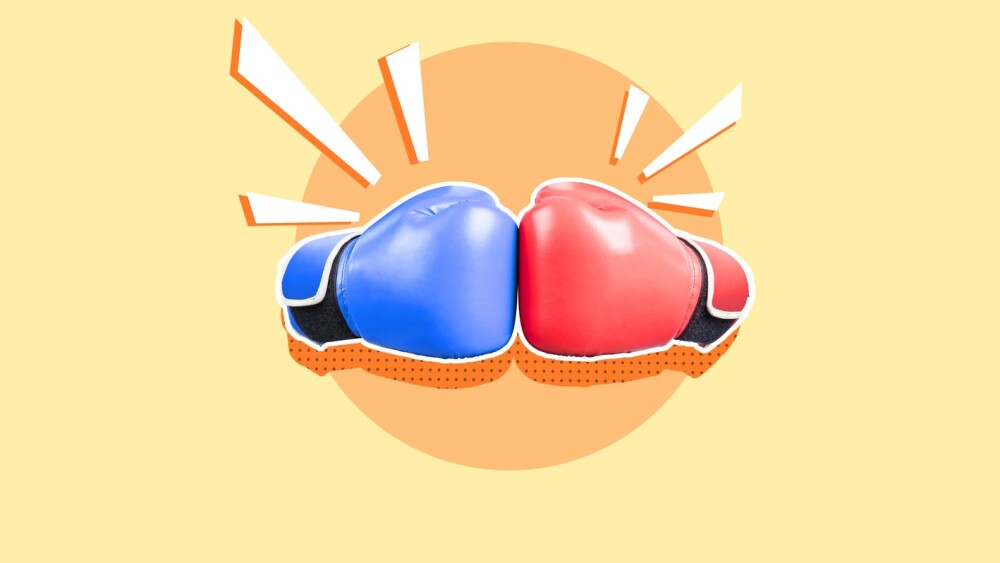-Second Data Set Presented at MDS-
PARIS, June 9 /PRNewswire/ -- Results from three placebo controlled studies conducted to assess NT-201 in upper limb post-stroke spasticity, pre-treated cervical dystonia, and treatment-naive cervical dystonia patients represent the second data set presented at the Movement Disorder Society (MDS) 13th Annual International Congress in Paris, France. The studies were sponsored by Merz Pharmaceuticals, which plans to file a Biologic License Application (BLA) for NT-201 in the USA in the near future.
The NT-201 data presented at the Movement Disorder Society's annual meeting includes the following three abstracts: Efficacy and safety of NT-201 (Xeomin(R); botulinum neurotoxin type A free from complexing proteins) in pre-treated cervical dystonia patients, Efficacy and safety of NT-201 (Xeomin; botulinum neurotoxin type A free from complexing proteins) in treatment-naive cervical dystonia patients, and Repeated injections of NT-201 (Xeomin; botulinum neurotoxin type A free from complexing proteins) in upper limb spasticity patients.
Eric Pappert, M.D., Vice President of Medical Affairs, Merz Pharmaceuticals, USA said, "These findings suggest Xeomin, the brand name for NT-201 in Europe, may be a new option in the treatment of movement disorders in the United States."
First Study -Title
Efficacy and safety of NT-201 (Xeomin(R), botulinum neurotoxin type A free from complexing proteins) in pre-treated cervical dystonia patients authored by Susanne Grafe, Cynthia Comella, Joseph Jankovic, Daniel Truong, and Angelika Hanschman.
Method
CD patients previously treated with another brand of BoNTA were randomized to placebo, 120 U NT 201, or 240 U NT-201. Following injection, patients were evaluated at 4 weeks using the Toronto Western Spasmodic Torticollis Rating Scale (TWSTRS). Adverse events (AEs) were also collected up to 20 weeks or until the next injection. The change from Baseline to week 4 for the TWSTRS scores was analyzed using an ANCOVA model.
Results
There were 143 CD patients (65% women, mean age 53.9 years, mean CD duration 83.3 months), Patients were randomized to placebo (N= 46), 120 U NT 201 (N= 47), and 240U NT 201 (N= 50). The change in total TWSTRS from baseline to week 4 was -2.4 plus or minus 8.1 points (placebo group); -8.5 plus or minus 9.7 points (120 U group) and -11.4 plus or minus 13.1 points ( 240 U group) (p < 0.002 compared to placebo). Improvement in TWSTRS-Severity score from baseline to week 4 was -1.9 plus or minus 3.7 points (placebo group); -3.7 plus or minus 4.4 points (120 U group) and -5.6 plus or minus 6.4 points ( 240 U group) . AEs occurred in 34.8% of patients of the placebo group, 55.3% of the 120 U group and 46.0% of the 240 U group. AEs reported most frequently were dysphagia (4.3% vs 8.5% vs 16.0%), neck pain (4.3% vs 8.5%, vs 10.0%), and injection site pain (2.2% vs 8.5% vs 2.0%) for each group, respectively.
Second Study - Title
Efficacy and safety of NT-201 (Xeomin(R); Botulinum neurotoxin type A free from complexing proteins) in treatment-naive cervical dystonia patients authored by Susanne Grafe, Cynthia Comella, Joseph Jankovic, Daniel Truong, and Angelika Hanschman.
Method
CD patients not previously treated with BoNT were randomized to placebo, 120 U NT 201, or 240 U NT-201. Following injection, patients were evaluated at 4 weeks using the Toronto Western Spasmodic Torticollis Rating Scale (TWSTRS). Adverse events (AEs) were also collected up to 20 weeks or until the next injection. The change from Baseline to week 4 for the TWSTRS scores was analyzed using an ANCOVA model.
Results
There were 90 CD patients (67.8% women, mean age 51.1 years, mean CD duration 13.5 months), Patients were randomized to placebo (N= 28), 120 U NT 201 (N= 31), and 240U NT 201 (N=31). The change in total TWSTRS from baseline to week 4 was -2.0 plus or minus 6.0 points (placebo group); -11.9 plus or minus 11.1 points (120 U group) and -10.0 plus or minus 9.2 points ( 240 U group) (p < 0.001 compared to placebo). Improvement in TWSTRS-Severity score from baseline to week 4 was -1.9 plus or minus 4.5 points (placebo group); -4.1 plus or minus 4.3 points (120 U group) and -5.4 plus or minus 5.5 points (240 U group). AEs occurred in 53.6% of patients of the placebo group, in 58.1% of the 120 U group and in 71.0% of the 240 U group. AEs reported most frequently were dysphagia (0% vs 19.4% vs 22.6%), muscular weakness (3.6% vs 6.5% vs 22.6%), and neck pain (3.6% vs 3.2%, vs 22.6%) for each group, respectively.
Third Study - Title
Repeated injections of NT-201 (Xeomin(R); botulinum neurotoxin free from complexing proteins) in upper limb post-stroke spasticity patients authored by P. Kanovsky for the NT 201 Study Group, I. Sassin, G. Comes, S. Grafe, T. Platz
Method
Patients who previously participated in the double-blind, placebo-controlled study, entered the OLEX Period, and were treated with NT-201 (up to five injection intervals) over 1 year (48 to 69 weeks). Parameters were the Ashworth Scale, Disability Assessment Scale (DAS), global assessments, and standard safety testing.
Out of 148 patients who participated in the double-blind period of the study, 145 entered the OLEX Period. 120 patients completed the 1-year trial period. Upper limb muscle groups were treated as clinically indicated (median dose: 400 units, maximum dose: 500 units). Changes on the Ashworth Scale score were highly statistically significant (p < 0.0001; Wilcoxon signed rank test) at control visits during all four injection intervals and in all muscle groups. NT 201 was effective in reducing functional impairment as shown on the DAS (therapeutic domains of hygiene, dressing, limb position, and pain). Efficacy was assessed as very good or good by the majority of investigators, patients and caregivers (range from 56.3% to 85.3%). During the 1-year trial period, adverse events were observed in 56.6% of patients. None of the patients had positive antibody titer tested in the mouse diaphragm assay.
About Merz
Merz (KGAa) is known worldwide for its development of original compounds and formulations for medical professionals and consumers in 90 countries. Globally, Merz is a leader in research and development of pharmaceuticals for the treatment of neurological and psychological disorders as well as for aesthetic dermatology, including products for the treatment of wrinkles and aging skin, hair loss and acne. Research is concentrated in fields that have a strong need for therapeutic innovation such as Alzheimer's disease, Parkinson's disease, tinnitus, chronic pain conditions, addictions, and neuromuscular disturbances.
Merz Pharmaceuticals, LLC is the wholly owned, US subsidiary of the Merz Group of Companies. A specialty pharmaceutical company, Merz Pharmaceuticals, LLC was established in 1995 and is responsible for the commercialization of Merz (KGAa) products in the US.
CONTACT: Alissa Maupin for Merz Pharmaceuticals, +1-919-923-6785




